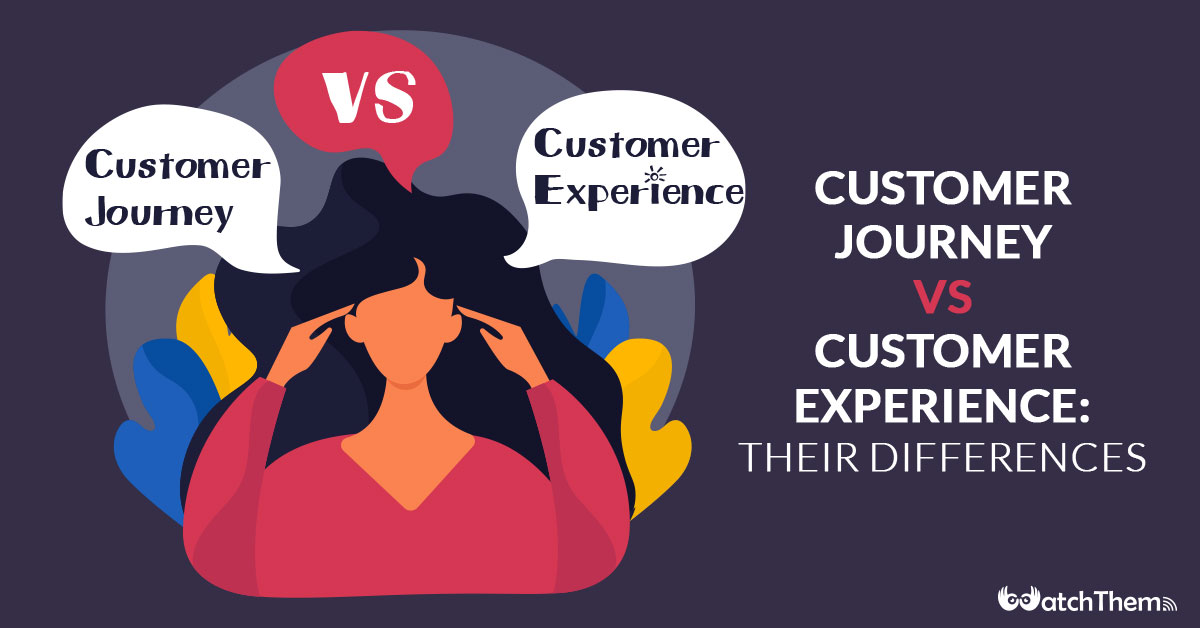Product development is the process of creating a new product from conception to market availability. This journey can be difficult, time-consuming, and riddled with uncertainties but it can also be incredibly rewarding.
In this guide, we will explore the different stages of product development and provide tips for navigating each step successfully.
The Ideation Stage
The first stage of product development is ideation. This is where the initial idea for a product is conceived and explored. During this stage, it’s important to brainstorm as many ideas as possible and evaluate their potential.
Create a Product Vision
The first step in the ideation stage is to create a product vision. This is a high-level description of what the product will be and how it will solve a problem or fulfill a need for potential customers. It should outline the main features, benefits, and target market.
Conduct Market Research
Market research is essential during the ideation stage as it helps determine the potential demand for a product and identifies any existing competition. This research can also provide valuable insights into customer preferences and pain points, which can inform the development of the product.
Refine Your Ideas
Once you have a product vision and have conducted market research, it’s time to refine your ideas. This involves evaluating each idea based on its feasibility, potential profitability, and alignment with your product vision. It’s important to narrow down your ideas to a few strong contenders at this stage.
The Development Stage
After the ideation stage, the next step is development. This is where the actual creation of the product takes place.
Create a Prototype
A prototype is an early version of the product that allows for testing and feedback before the final product is developed. This stage may involve multiple iterations of the prototype as you refine and improve upon it.
Test and Iterate
Testing is a crucial part of the development stage. It allows for identifying any issues or defects with the prototype. Feedback from users during this phase is invaluable, as it provides insight into how the product performs in real-life scenarios. Once you have gathered feedback, iterate on the design of the prototype, making improvements where necessary. This process may be repeated multiple times to refine the product functionality and user experience.
Selecting a Manufacturing Partner
Choosing the right manufacturing partner is crucial, especially if your product requires specialized packaging, such as a stick pack for single-serve portions. A stick pack co-packer will be responsible for not only producing the packaging but also ensuring that it meets your quality standards and protects the product effectively. This partner will need to have the capabilities to scale production in alignment with your growth projections, provide quality assurance, and help navigate any regulatory requirements related to your packaging. Take the time to research and assess potential manufacturing partners carefully.
The Launch Stage
Once your product is developed and ready for market, it’s time for the launch stage.
Develop a Marketing Plan
A successful product launch requires a well-developed marketing plan. This should include identifying your target audience, crafting messaging that resonates with them, and determining the best channels to reach them.
Pre-Launch Preparation
Preparation for the launch stage involves creating promotional materials, setting up distribution channels, and training sales teams on how to sell the product. This is also a good time to establish partnerships or collaborations that can help generate buzz and increase reach.
Launch Event
The launch event is an opportunity to showcase your product in a live demo or hands-on experience. This can help generate excitement and interest among potential customers.
The Growth Stage
The final stage of product development is growth. This is where your product gains traction in the market, and you work towards increasing sales and expanding your customer base.
Monitor Performance
Monitoring the performance of your product is crucial during the growth stage. Tracking sales, gathering customer feedback, and analyzing market trends can help you make informed decisions on how to improve and grow your product.
Continuous Improvement
A successful product continues to evolve and improve based on customer needs and market demands. As you gather feedback from customers and track performance, continue to make improvements to your product to keep it relevant and competitive.
As you navigate the journey of a new product release, remember to stay adaptable and open-minded. The product development process is constantly evolving, and being able to pivot and make changes when necessary can lead to a successful launch and sustainable growth for your product. By following these tips and staying dedicated to creating a high-quality product that meets customer needs, you can successfully bring your idea from concept to customer.



